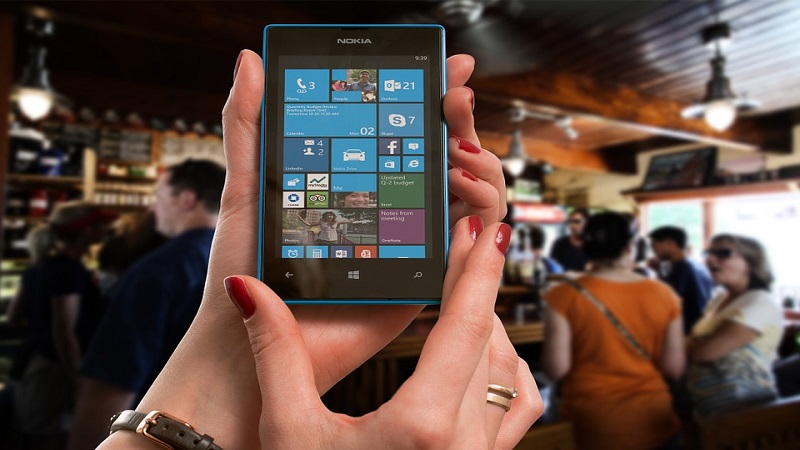Sharp rise in SMS-based mobile marketing predicted for UK
Textlocal is predicting a sharp rise in mobile marketing as Britain boasts nearly 80m active mobile phones in circulation for the first time, with only 50% of businesses surveyed currently using SMS as part of their marketing strategies.
The white paper illustrates how 37.2 million consumers have opted to use SMS and mobile communications as their preferred choice for receiving notifications from businesses.
This number is predicted to rise to 48.7 million in 2020, making SMS the fastest growing marketing channel in the UK.
The growth in smartphone usage and technological advancements have radically transformed the way British consumers behave and how businesses engage with them.
Ofcom estimates that a staggering 93% of the UK’s population now own a mobile phone, with the majority keeping them to hand for more than 16 hours a day.
The growing influence of the medium is also highlighted by the fact that 98% of branded or business-related texts are opened by mobile users, with 90% read within 3 minutes of receiving them. The report goes on to highlight that 23.5m people will respond to a business text message in 2017 and that 7bn texts will be sent this year alone.
Jason Palgrave-Jones, Managing Director of Textlocal, said: “Britain is fast becoming a ‘mobile first’ society as mobile phones are often the first and last thing people engage with each day. By their very nature, mobile phones are to hand and provide an unrivalled platform for brands to communicate directly with their audiences. These are exciting times for those involved in the mobile industry as the benefits to businesses and consumers are realised.”
SMS communication is already a leading tool for businesses looking to engage directly with customers, whether it’s to share delivery updates, appointment confirmations or marketing promotions. These messages and other applications are expected to grow rapidly in the coming months.
Rachel Aldighieri, Managing Director of the Direct Marketing Association, added: “It’s clear that mobile marketing and SMS is set to rise as UK consumers remain intrinsically linked with their phones. The medium is already widely used for sending marketing messages, however as technologies grow we expect to see an exponential rise in its use amongst businesses and consumers.”
To help manage the growth in mobile and SMS marketing, new General Data Protection Regulations (GDPR) are set to come into force in May 2018. This will ensure businesses looking to engage in SMS marketing are compliant and have appropriate platforms and permissions in place when doing so.
A full version of the report can be found by contacting Scarlett@thesourcepartnership.com.





